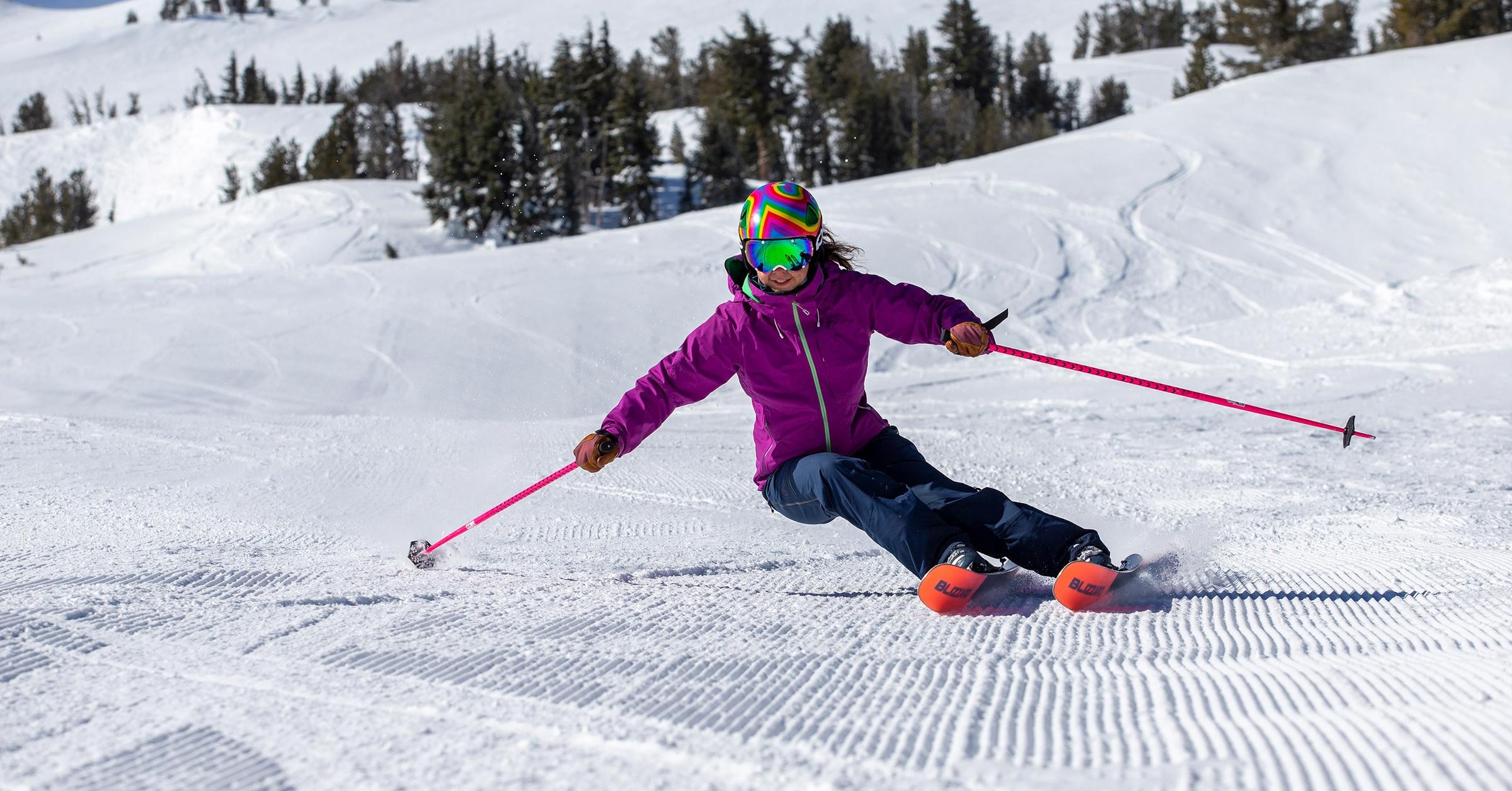Are you curious to know what is corn snow? You have come to the right place as I am going to tell you everything about corn snow in a very simple explanation. Without further discussion let’s begin to know what is corn snow?
When winter begins to thaw and spring emerges, skiers and snowboarders often find themselves facing a unique and sometimes puzzling type of snow known as “corn snow.” Corn snow is a fascinating, natural phenomenon that occurs as temperatures rise and the snow undergoes a transformation from fluffy powder to a more granular, corn-like texture. In this blog, we’ll delve into what corn snow is, how it forms, and why it’s both loved and loathed by winter sports enthusiasts.
What Is Corn Snow?
Corn snow, often referred to simply as “corn,” is a type of snow that has undergone a series of changes due to temperature fluctuations. It typically forms during the spring months, when warmer daytime temperatures lead to melting and refreezing of the snowpack. This freeze-thaw cycle is crucial in the creation of corn snow.
The name “corn snow” comes from the appearance of the snow crystals, which resemble kernels of corn. These crystals are larger and more granular than the smaller, fluffy snowflakes that make up fresh powder snow. Corn snow tends to be coarser and more predictable, making it a unique and enjoyable surface for certain winter sports.
Formation Of Corn Snow
The formation of corn snow can be broken down into several key steps:
- Melting: During the day, as temperatures rise above freezing, the snow on the slopes begins to melt. This melting process softens the top layer of the snowpack.
- Freezing: As evening approaches and temperatures drop, the melted snow refreezes. This refreezing creates a granular texture as the water molecules in the snow reorganize into larger, rounded ice crystals.
- Repeated Cycles: The freeze-thaw cycle continues for several days until the snowpack transforms into corn snow. Repeated cycles of melting and refreezing cause the snow crystals to become more rounded, similar to the shape of corn kernels.
Characteristics Of Corn Snow
Corn snow has distinctive characteristics that make it unique among snow conditions:
- Granular Texture: Corn snow has a granular, gritty texture, which is quite different from the fluffy, powder-like feel of fresh snow. This texture allows for better edge grip and control for skiers and snowboarders.
- Predictable: Unlike icy or slushy conditions, corn snow is relatively predictable. It softens during the day and hardens at night, providing a consistent and enjoyable riding experience.
- Easier Turns: The granular nature of corn snow makes it easier to turn and carve, making it an excellent choice for those looking to improve their skills or simply enjoy a fun day on the slopes.
- Springtime Sunshine: Corn snow often coincides with sunny spring days, creating a delightful environment for winter sports enthusiasts to enjoy.
Why Do Skiers And Snowboarders Love Corn Snow?
Corn snow has a unique charm that attracts skiers and snowboarders for several reasons:
- Better Control: The granular texture of corn snow offers improved edge grip and control, making it easier to navigate the slopes.
- Predictable Conditions: Skiers and snowboarders can count on consistent conditions throughout the day, as the snow softens during the daytime and hardens at night.
- Ideal for Learning: Beginners often find corn snow easier to handle, making it a great time to learn and practice their skills.
- Springtime Fun: With the arrival of corn snow, skiers and snowboarders can bask in the warmth of spring while still enjoying their favorite winter sports.
Conclusion
Corn snow is a fascinating transformation of snow that occurs during the spring months when the freeze-thaw cycle creates granular, corn-like crystals. This unique snow condition offers numerous advantages to skiers and snowboarders, including better control, predictability, and ideal learning conditions. As the winter season gives way to spring, corn snow provides a delightful opportunity to hit the slopes and enjoy the best of both seasons. So, next time you see corn snow in the forecast, grab your gear and get ready for an exciting day on the mountain!
For more information like this visit Weji.
FAQ
Why Do They Call It Corn Snow?
This time of year something magical begins to happens to the snowpack and creates what is called “corn.” These little beads of snow get their name from the fact that they look like frozen corn kernels.
What Is The Difference Between Corn Snow And Hail?
According to the National Weather Service, graupel is snow that melts and becomes supercooled as it falls through a warm surface and forms ice pellets. Graupel is softer than hail, which is pure ice formed in thunderstorms.
What Are The Best Conditions For Corn Snow?
“Good corn snow is the product of cool clear nights and daily temps above 40 degrees.
What Is The Difference Between Corn Snow And Graupel?
— Graupel, also known as “corn snow,” looks like styrofoam beads that bounce when hitting the ground. It forms when a few snowflakes cluster together and water vapor freezes around them. Graupel is harder than snow but softer than sleet, which is frozen raindrops.
I Have Covered All The Following Queries And Topics In The Above Article
What Is Corn Snow
What Is Corn Snow Skiing
What Is Proto Corn Snow
What Is A Snow Corn Snake
What Is “Corn Snow”
What Is Pop Corn Snow Called
What Is Snow Type Corn
What Is Corn Snow?
What Does It Mean When Snow Is Described As Corn
What Is Spring Corn Snow
What Is Corn Snow
What are the best conditions for corn snow
